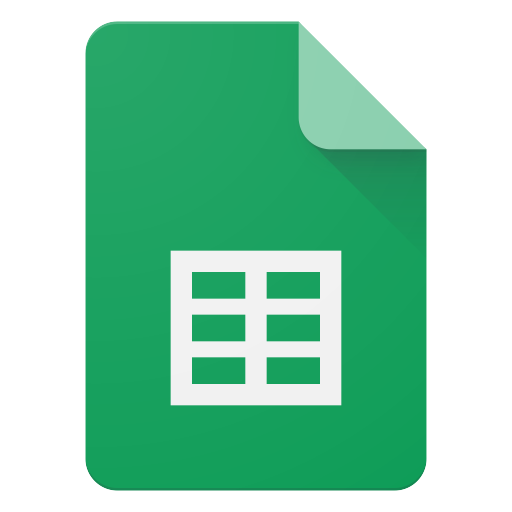
Technical Product Analyst, Product Designer
Developers
Muyun Wang, Sohaib Mohiuddin
Sketch, Adobe XD, Photoshop, Illustrator
Summer 2019 (4 weeks)
I worked as a Product Designer and Technology Strategist at the Ontario Ministry of Government and Consumer Services in Toronto, ON, where my team and I digitalized the registration system for an event and created an end-to-end event management experience.
Every year the Transfer Payments Ontario branch (TPON) organizes an event for employees from different ministries to engage them in new tools and technologies through different activities, for tools developed in the past year.
.png)

No funds were to be spent on additional software/subscriptions/stock photos/marketing, so we we had to be scrappy and innovative with our approach.




Point System to enhance engagement
This helped increase attendee engagement. Attendees engaged with more tools and technologies at different booths to collect more points. These points were later mapped to activities to learn which technology was the most appealing to certain ministries.
Photos
Attendees could take photos and hashtag them with activities they are participating in. These photos were displayed at the entrance where the registration was taking place to draw stakeholder interest and encourage people to take more photos to be featured.
Itinerary to keep attendees updated
Constant updation of the itinerary allowed people to keep track of event activities and workshops.
Feedback within app as a result of recency effect
A quick 30-40 second feedback was incorporated within the app, for the attendee to reach the final incentive. This is the time when the excitement is expected to be the highest and we would receive more accurate answers to improve the future events.


Average Rating by Attendees for the event in 2018: 3.62/5
We approached 7 current and previous year’s event organizers to better understand their problems, mitigate any biases in our assumptions and pick the most pressing problems.
"The floor got over crowded as attendees were lining up for registration. There was no other faster way to do it." — Event Organizer #2
"There is no way to tell how attendees felt about different activities. Response was positive but it was difficult to differentiate which activity was more preferred. Few attendees filled the feedback forms." — Event Organizer #3
"Some sections of the event could be more structured. Additional information upfront would be helpful. I didn't know if the activities were just informational or were actual learning sessions. Had I been provided more details upfront I may have attended stayed until later to attend the learning sessions." — Attendee #6
.png)
We also relied on attendee feedback forms from 2018 to get the sense of engagement and for further understanding the users. I then used the information to develop user personas that embodied archetypes of our user group.
**I cannot disclose the survey due to privacy reasons

We then mapped out out User Journey based on these personas and interviews. From this, we were able to temporally visualize areas of frustrations and create a focal point on the problem space.

Design Requirements
Based on the research we identified design requirements to help us guide the project.








.png)


We drafted out IA based on the design requirements and keeping in mind how the application will fit in the event with the new setting of the Booths and Point System. Decision for the phone application was made because everyone would have uninterrupted access to internet from the building's Wi-fi.









The tool went through 6-7 iterations over the span of 1 month and the TPON Photos feature was added in the end as a solution to increase engagement and spirit of competition between attendees. Photos taken by attendees were displayed at the entrance of the event on an LCD screen.
We validated it by repeatedly testing it with employees on the site of the event and following the steps we would take on the day of the event. The application worked without breaking on the day of the event.

